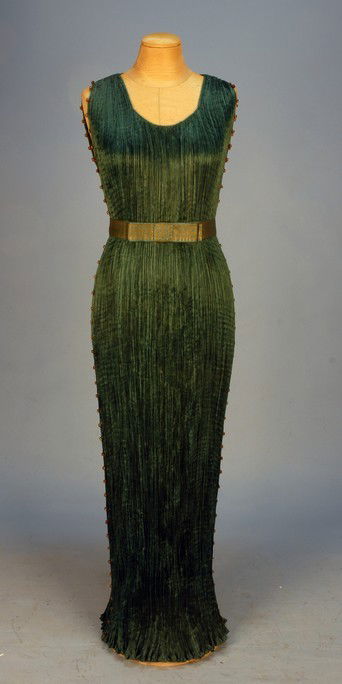 Its the holiday season again. This year flew by so fast! I didn't get as much sewing done as I would like, but hope that next year this will change. However, I always try and make a new outfit for the holidays. This year, I tried something new. I have never made a ballgown top before, as I can't wear off the shoulder bodices, or low backs, due to my curvature. Truly Victorian patterns has an 1880s bodice that is cut higher on the shoulder. All I did was raise the back neckline to fill it in and round it off, and it worked out great.
Its the holiday season again. This year flew by so fast! I didn't get as much sewing done as I would like, but hope that next year this will change. However, I always try and make a new outfit for the holidays. This year, I tried something new. I have never made a ballgown top before, as I can't wear off the shoulder bodices, or low backs, due to my curvature. Truly Victorian patterns has an 1880s bodice that is cut higher on the shoulder. All I did was raise the back neckline to fill it in and round it off, and it worked out great. This is TV 460, 1885 Curiass Bodice pattern. The fabric I used was a lovely red and gold poly brocade, with a snowflake pattern. My friend Kristen F. bought approximately 14 yards of it, and sold me half of it. I can't wait to see what she does with her half! I lined it in plain red cotton, and used clear snowflake-like buttons with gold centers. I purchased gold trim with little sequins, and sewed in around the bottom of the bodice, and the sleeve cuffs. I put a tiny sheer gathered trim around the neckline.
The neckline was square cut, so to soften it, I draped red chiffon across the front, which was attached by bows on the shoulders. For the dinner, I pinned a cream colored poinsettia to the front, and twined woodland winter berries and ice crystals in my hair. The bodice is a bit wrinkled in this photo as I had been sitting for awhile.

Next, I used a pattern I have been wanting to try for a few years. Truly Victorian 361- 1880s Butterfly Detachable Train. Lots of poof, and easy to make. As you can see from the drawing, the train is attached to a band which is to be hooked onto the back waistband of your skirt. Then the pleated center is brought up and hooked underneath the bottom edge of the bodice. I did make one modification. After the train was completed and fully lined - it was heavy! So instead of hooking it to the back of the skirt waist band, I made a full waist band, which was hidden under the bodice.


When you make the butterfly loops on the back you are gathering pleats on top of each other in the center section. See directions here. Then you sew them together in the middle.
Below left, the center is hanging freely. Below right, the center is pulled up creating the butterfly wings. The center will be hooked underneath the back edge of the bodice.


The skirt was made from Truly Victorian pattern 261- 1885 Four Gore Skirt. I found a gold and cream poly brocade that matched perfectly - for $1.99 a yard! The whole skirt cost approximately $6. I am still going to put a pretty gold trim around the bottom, but haven't found what I want yet.

Left-Before I made the waistband for the train. I have a bustle cage under the back to help support the weight. Skirt just has a pinned hem at this point.
Below are some photos from the party. A couple look like the skirt is white, but the closest color is the cream and gold one in the left photo, on the dress form.


 |
| At this angle, my butt looks huge! |
$6.25 Skirt 3 1/4 yards
$20.00 Train and Bodice 7 yards
$11.00 Train Lining 4 3/4 yards
$2.00 Buttons
$4.25 Trim
Red chiffon in stash
Bodice lining in stash
TOTAL $43.50
EDIT:
Trudy F. took a beautiful shot of the back of the Butterfly, so you can see it all poofed out! This was taken at the Riverside Dickens Fest in February 2017.




















































